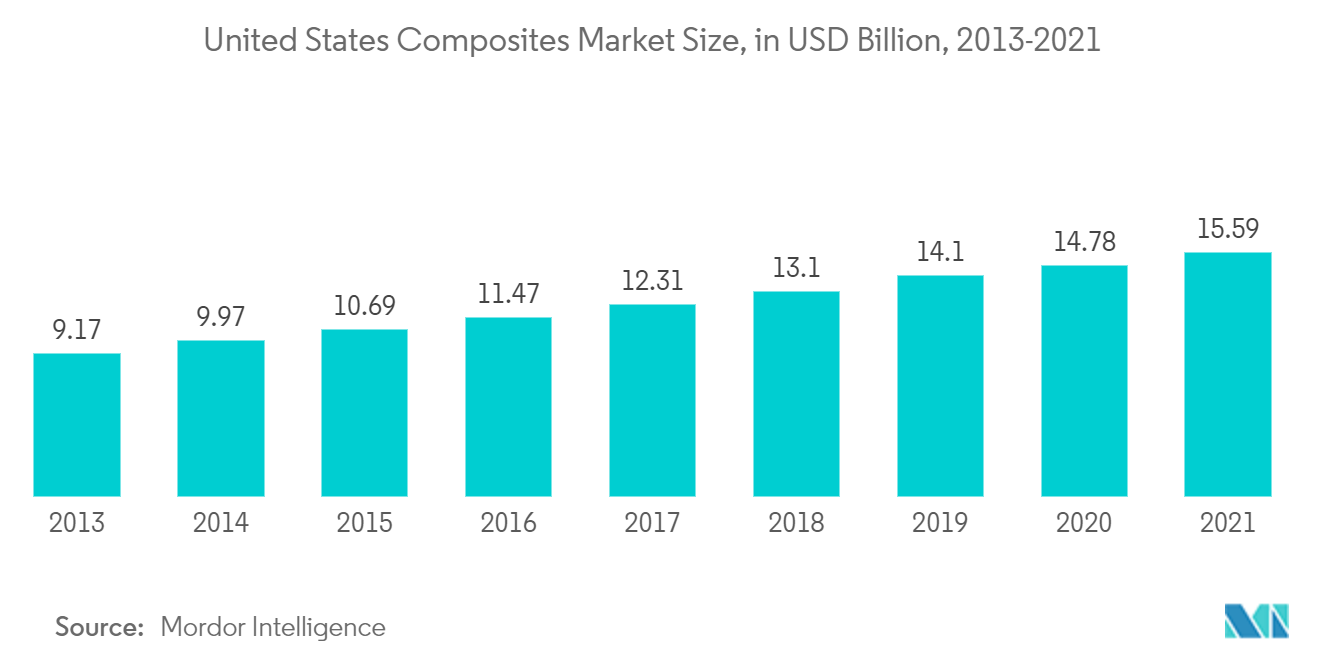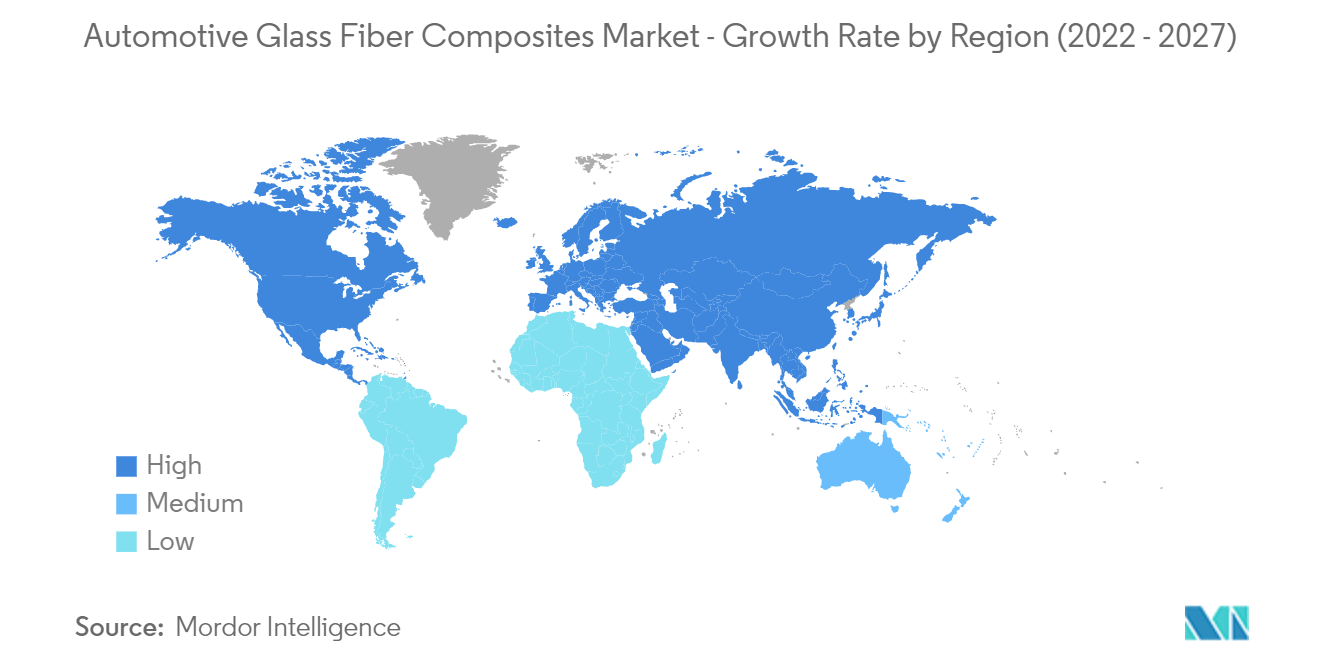Market Trends of Automotive Glass Fiber Composites Industry
This section covers the major market trends shaping the Automotive Glass Fiber Composites Market according to our research experts:
Increasing Adoption of Glass Fiber Composites in Automobiles
- Although automobiles have been around for over a century, their materials have mostly remained the same. Only in the past few decades that advanced materials, ranging from magnesium alloys to glass fibre composites, made their way into new-generation cars.
- The lightweight, cost, sustainability, and crashworthiness of vehicles can all be significantly improved by using novel composite variants. Composite materials reduce the weight of a vehicle component, resulting in improved fuel economy and lower emissions. Due to their superior mechanical properties, composite materials outperform conventional ones in terms of safety, comfort, and vehicle performance.
- Advanced materials, such as glass fibre composites, are essential for boosting the fuel economy of modern cars and maintaining performance and safety. Since it takes lesser energy to accelerate a lighter object than a heavier one, lightweight materials offer great potential for increasing vehicle efficiency. A 10% reduction in the vehicle's weight can transpire to a 6-8% increase in fuel economy.
- Glass fiber composites have become popular in the past few years. One of the reasons for fiberglass composite's relative success is that it has several advantages when compared to steel. It is corrosion-resistant, has significant chemical resistance, and is lightweight (three times less dense than steel). Fiberglass composite is mainly used in bumpers, hoods, and casings.
- Another area where this material is used is V-belts and timing belts, where glass strings are impregnated with rubber acting as reinforcement. Abrasion resistance is one other advantage of the fiberglass composite, which is why it is used for producing clutches and brake pads. Clutch disks are reinforced with woven fiberglass composites to maintain their integrity.

Europe Anticipated to be the Largest and Fastest Growing Market
- Europe is touted to be the fastest growing market due to the presence of many car manufacturers, such as BMW, Volkswagen, Groupe PSA, etc., who are adopting glass fiber composites in their cars.
- For instance, Government regulations, such as the greenhouse gas emission target in European countries, are also paving the way for OEMs to incorporate lightweight materials to decrease the overall vehicle weight.
- Germany is one of the leading automobile-manufacturing countries globally. The country has recovered to a reasonable extent from the economic recession that affected the economic condition of the country adversely. Germany is home to leading global automobile manufacturers, like Volkswagen AG, Daimler AG, BMW, Ford GmbH, and Opel. More than 5.1 million automobiles are manufactured annually in Germany. With an increase in the production of passenger vehicles and SUVs, the demand for fiberglass in the reinforcements of automotive components is expected to increase significantly during the forecast period.

